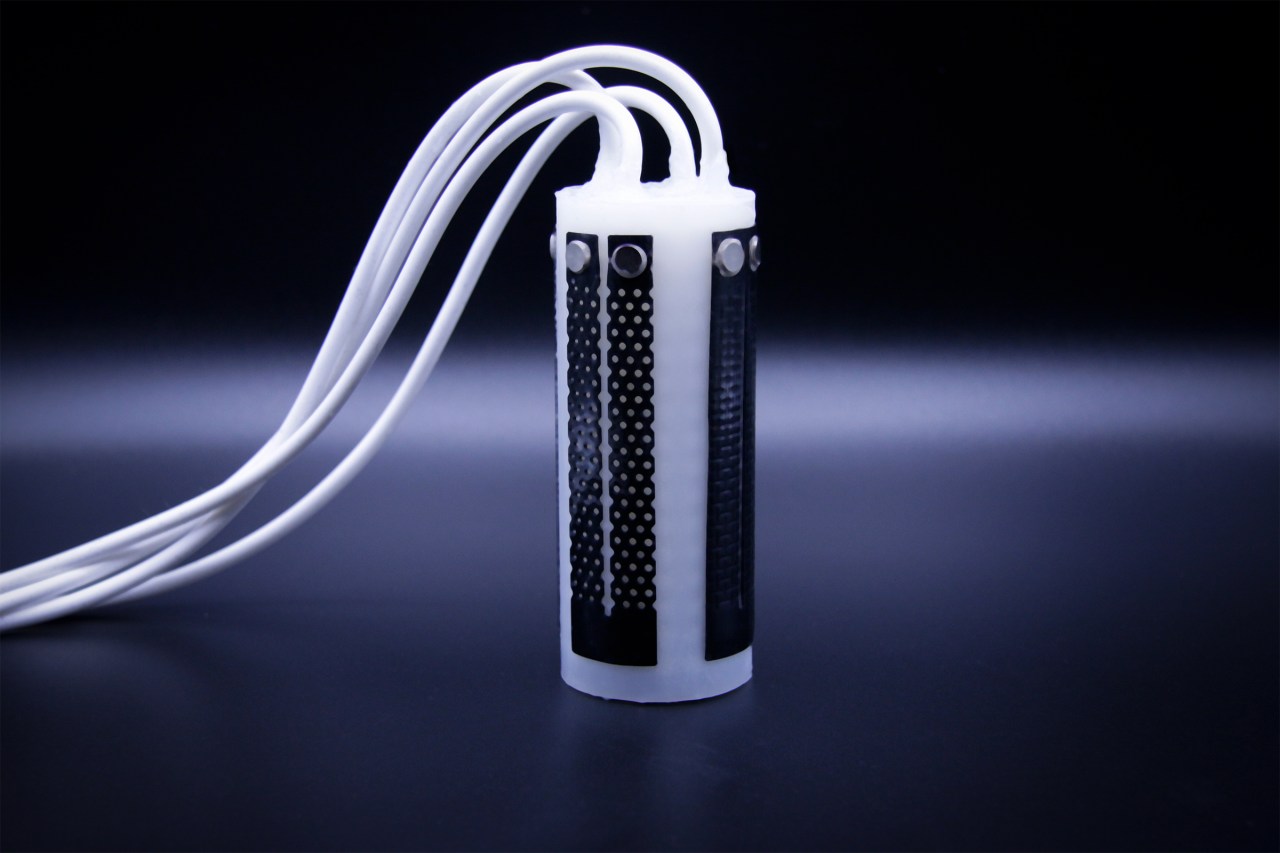The rapid evolution of technology has paved the way for unprecedented advancements in robotics, particularly in the realm of soft robotics. At the forefront of this revolution is a groundbreaking development from the Massachusetts Institute of Technology’s Computer Science and Artificial Intelligence Laboratory (CSAIL). Recently, researchers unveiled a versatile “skin” made from flexible, off-the-shelf materials that imbue soft robotic arms with a remarkable sense of touch and spatial awareness. This innovative technology has the potential to redefine how we perceive human-robot interaction and enhance the functionality of robotic systems. Let’s dive into the science and implications of this remarkable innovation.
Understanding the Technology: Kirigami Configurations
So, what exactly makes these sensors unique? The MIT team cleverly repurposed materials traditionally used for electromagnetic interference shielding, transforming them into a pliable skin that closely mimics the tactile feedback of human skin. By utilizing a technique known as “kirigami,” which involves intricate laser cutting and assembly, the researchers created sensors that can move and stretch, adhering fluidly to the shape of the robotic arm.
- Flexibility: The kirigami design allows the sensors to flex and adapt to various movements, providing invaluable feedback to the robot.
- Cost-effectiveness: The use of off-the-shelf materials means that labs can easily and economically integrate this technology into their research.
- Real-world Applications: From medical robots to everyday assistive devices, this development can expand the usability of soft robotics in a variety of fields.
A Touch of Tactility: Enhancing Soft Robotics
Imagine robots that can feel their surroundings and adjust their actions accordingly, much like how humans rely on their sense of touch to navigate the world. Daniela Rus, a lead researcher at CSAIL, aptly compares the sensory feedback from this new technology to our own bodily experience: “You can close your eyes and reconstruct the world based on feedback from your skin.” This analogy underlines the project’s goal: to impart similar capabilities to soft robots, facilitating more sophisticated interactions with their environments.
This tactile feedback is not merely about sensation; it also involves complex data processing. The research team developed a sophisticated neural network designed to filter and interpret the signals captured by these sensors. By distinguishing relevant data from extraneous noise, the network ensures accurate communication of the robot’s “feelings” to its control system. This neural processing is augmented by a traditional motion capture system, contributing to the precision of the robotic responses.
Future Prospects: Endless Possibilities
The road ahead for CSAIL is filled with exciting challenges and opportunities. The team plans to explore new configurations of the sensor technology while working diligently to refine the neural networks that enhance its capabilities. This continual pursuit of innovation not only promises to bolster the field of soft robotics but also opens doors to new applications in diverse areas, including healthcare, disaster response, and advanced manufacturing.
As the demand for more adaptable and intuitive robotics solutions grows, MIT’s development of soft robotic sensors serves as a major stepping stone toward a future where machines are equipped with a human-like touch. Beyond just technical advancements, these innovations may also lead to enhanced human-robot collaboration—allowing robots to assist us in ways that are more aligned with our natural instincts.
Conclusion: A New Era in Robotics
MIT’s latest achievement in soft robotics exemplifies the incredible potential of blending engineering with human-centric design. As we look to the future, it’s clear that equipping robots with the ability to sense their surroundings—much like we do—will not only improve their functionality but also make them more relatable and effective partners in various sectors.
At fxis.ai, we believe that such advancements are crucial for the future of AI, as they enable more comprehensive and effective solutions. Our team is continually exploring new methodologies to push the envelope in artificial intelligence, ensuring that our clients benefit from the latest technological innovations.
For more insights, updates, or to collaborate on AI development projects, stay connected with fxis.ai.

